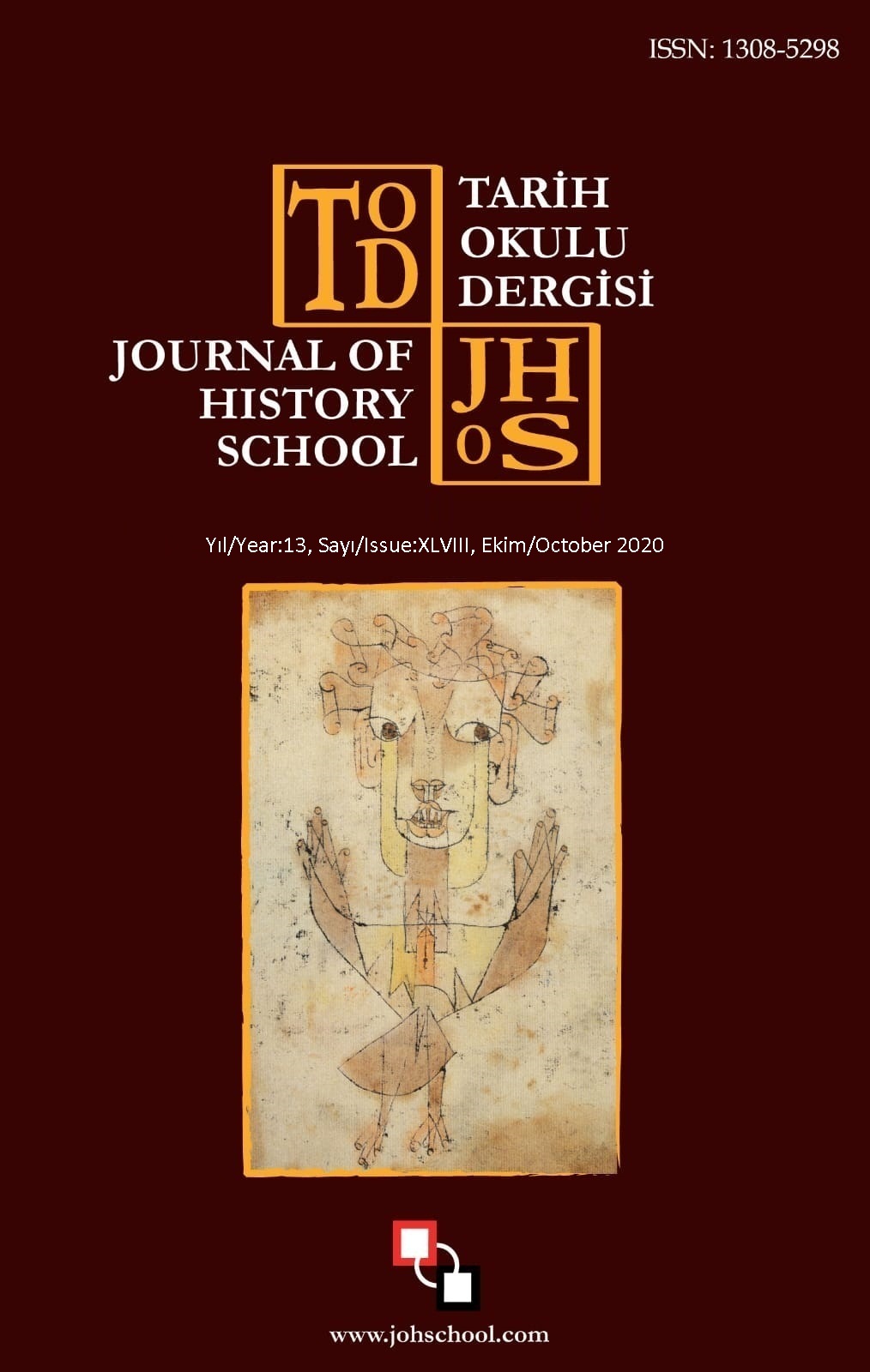MALİ YÜKLERİN GELİR DAĞILIMI EŞİTSİZLİĞİ ÜZERİNDEKİ ETKİSİ: SEÇİLİ OECD ÜLKELERİ İÇİN AMPİRİK BİR ANALİZ
Author :
Abstract
Çalışmada mali yüklerin (vergiler ve sosyal güvenlik katkı payı) gelir dağılımı eşitsizliği üzerindeki etkisi, düzenli bir şekilde verilerine ulaşılabilen 17 OECD ülkesine ait 2004-2017 yılları arası veriler kullanılarak panel veri analiz yöntemi ile araştırılmıştır. Çalışmada bağımlı değişken olarak gelir dağılımı eşitsizliğini temsilen Gini katsayısı, bağımsız değişkenler olarak ise mal ve hizmetler üzerinden alınan vergiler, kişisel gelir vergisi, kurum kazancı üzerinden alınan vergiler, mülk üzerinden alınan vergiler ve sosyal güvenlik katkı payları değişkenlerinin toplam vergi gelirleri içerisindeki payları kullanılmıştır. Seçili OECD ülkeleri için kurulan modelde yatay kesit bağımlılığı bulunmadığı için değişkenlerdeki birim kökün varlığı Levin, Lin & Chu (2002) ve Hadri (2000) testleri ile araştırılmıştır. Daha sonrasında yapılan F, LR ve Hausmann testleri neticesinde sabit etkili modelin uygulanmasına karar verilmiştir. Modelde değişen varyans ve otokorelasyon tespit edildiği için analiz Arellano (1987), Froot (1989) ve Rogers (1993) testi ile tahmin edilmiştir. Çalışmanın neticesinde mal ve hizmetler üzerinden alınan vergilerin gelir dağılımı eşitsizliği üzerindeki etkisi pozitif ve istatistiki olarak anlamlı bulunmuşken, gelir ve kurumlar vergisi ile sosyal güvenlik katkı paylarının gelir dağılımı eşitsizliği üzerindeki etkisi ise negatif ve istatistiki olarak anlamlı bulunmuştur. Buna göre dolaylı mali yüklerin gelir dağılımı eşitsizliğini artırdığı, doğrudan mali yüklerini se gelir dağılımı eşitsizliğini azalttığı tespit edilmiştir.
Keywords
Abstract
In the study, the effects of financial burdens (taxes and social security contribution) on income distribution inequality were investigated by using panel data analysis method, using data from 2004 to 2017 belonging to 17 OECD countries, whose data can be accessed regularly. In the study, the Gini coefficient representing the income distribution inequality as the dependent variable, and the taxes on goods and services, personal income tax, taxes on corporate income, taxes on property and social security contributions are used as independent variables. Since the model established for selected OECD countries does not have a horizontal cross-section dependency, the existence of the unit root in the variables was investigated with Levin, Lin & Chu (2002) and Hadri (2000) tests. Afterwards, it was decided to apply the fixed effect model as a result of the F, LR and Hausmann tests. Since variance and autocorrelation were detected in the model, the analysis was estimated by Arellano (1987), Froot (1989) and Rogers (1993) test. As a result of the study, the effect of taxes on goods and services on income distribution inequality was found to be positive and statistically significant, whereas the effect of income and corporate tax and social security contributions on income distribution inequality was found to be negative and statistically significant. Accordingly, it has been determined that indirect financial burdens increase income distribution inequality and direct financial burdens decrease income distribution inequality.





